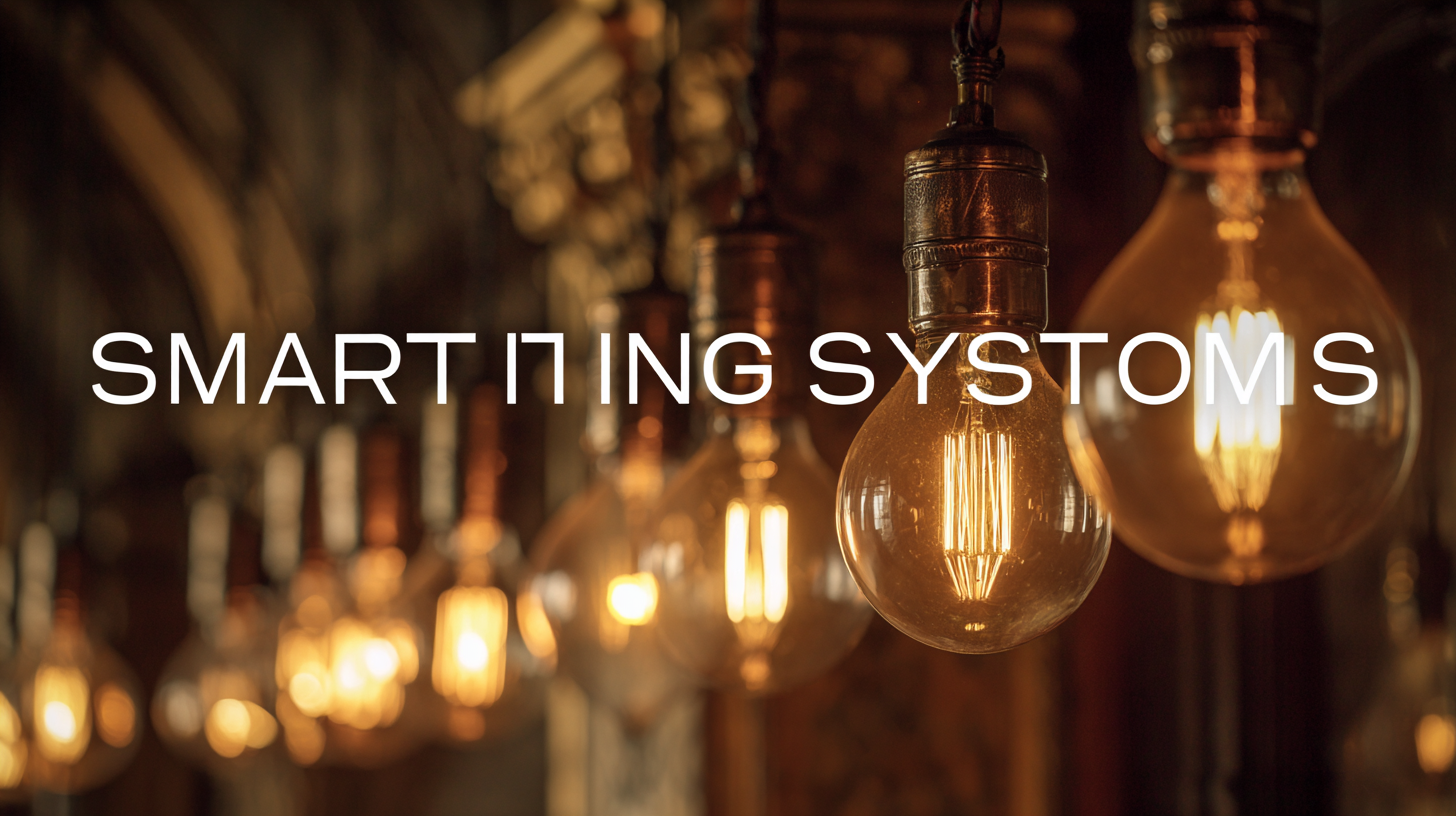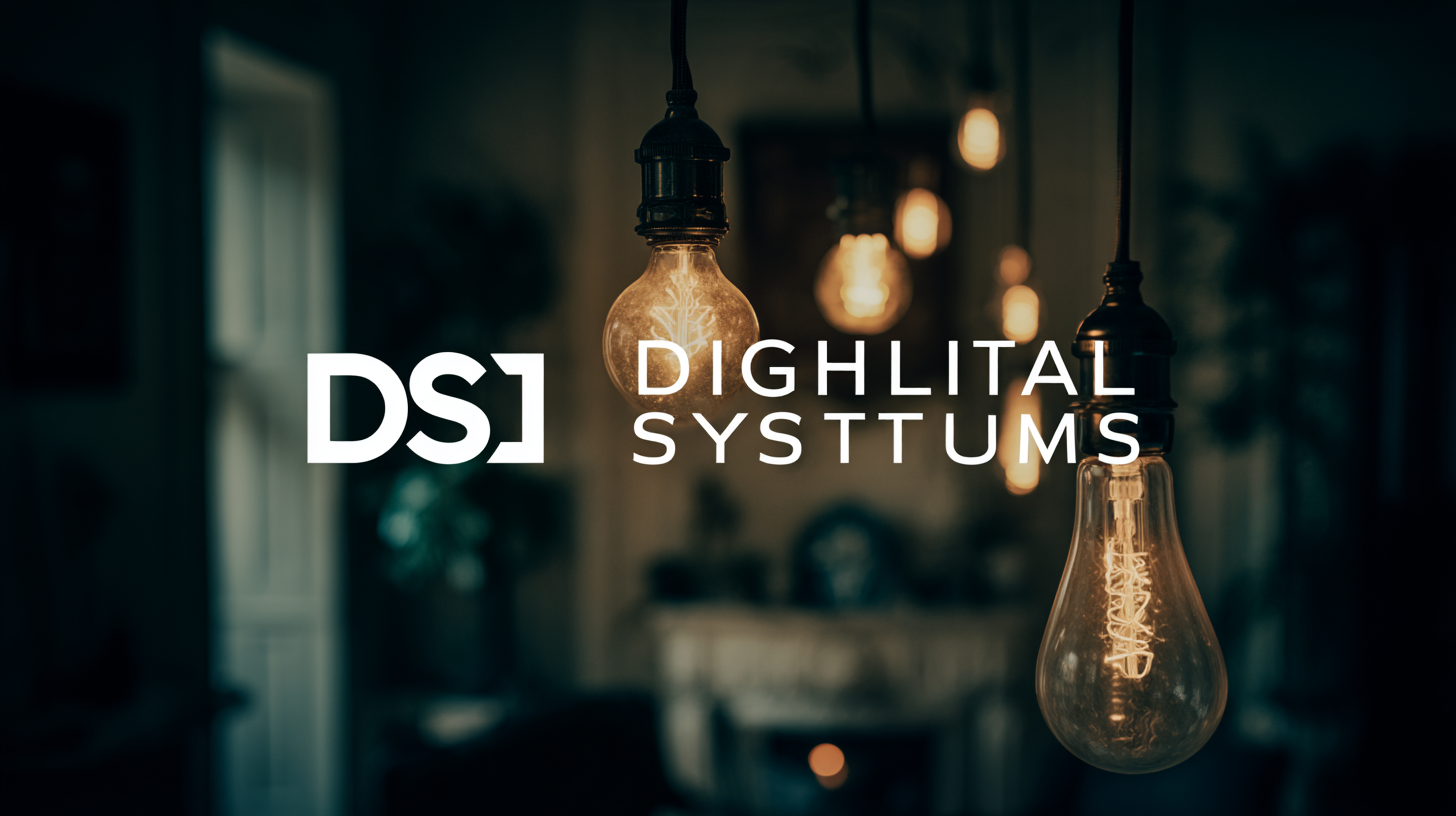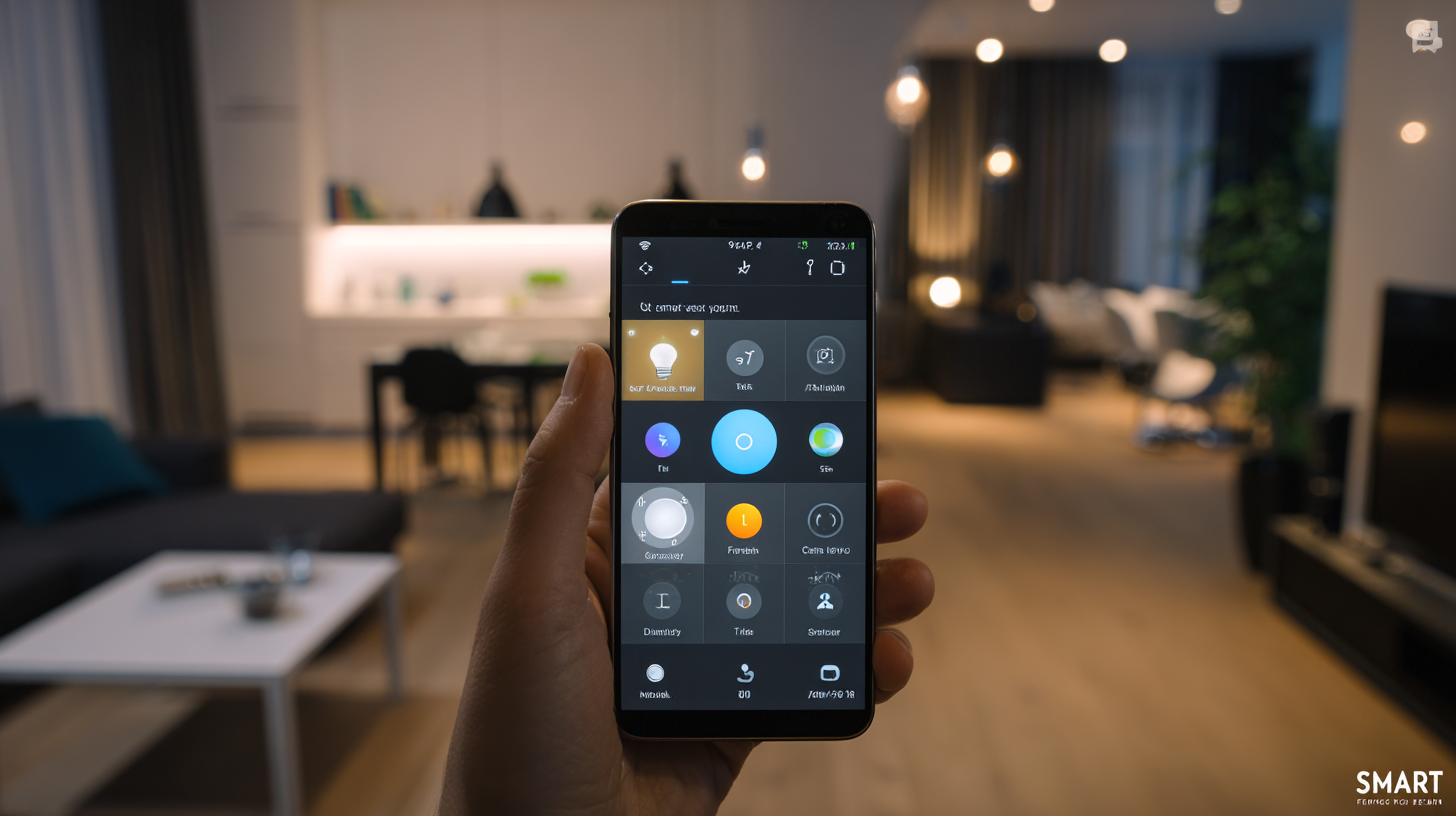10 Digital Tips for Choosing the Best Smart Lighting Systems for Your Home
As home automation technology continues to evolve, Smart Lighting Systems have emerged as a crucial element in creating an efficient and comfortable living environment. According to a recent report by MarketsandMarkets, the global smart lighting market is expected to reach $23.6 billion by 2024, growing at a CAGR of 22.4% from 2019. This surge is driven by increasing energy efficiency concerns and the growing adoption of Internet of Things (IoT) devices in residential settings.

In particular, China's advancements in smart lighting technology have positioned it as a leading manufacturer, with exports reaching diverse markets around the globe. As homeowners look to optimize energy usage and enhance ambiance, selecting the right smart lighting system becomes imperative. This blog aims to provide you with essential digital tips for making informed choices when selecting the best smart lighting solutions for your home.
Understanding Your Lighting Needs: How to Assess Spaces in Your Home
When assessing the lighting needs of your home, it's essential to understand the function and atmosphere of each space. According to industry reports, approximately 70% of homeowners express dissatisfaction with their current lighting solutions, indicating a common oversight in proper assessment before installation. Begin by evaluating the size and purpose of each room: a cozy living room may benefit from warmer tones, while a home office should feature brighter, cooler light to enhance focus and productivity.
Furthermore, consider the layout and furniture arrangement within your spaces. For instance, an open concept design often necessitates versatile lighting options to accommodate various activities. The latest data suggests that smart lighting systems that adapt to the specific requirements of rooms can improve energy efficiency by up to 50%, making them not just a stylish choice but a practical one as well. By prioritizing the individual needs of each area, homeowners can create a harmonious environment that maximizes both functionality and aesthetic appeal.
10 Digital Tips for Choosing the Best Smart Lighting Systems for Your Home
| Lighting Needs | Assessment Tips | Recommended Features |
|---|---|---|
| Living Room | Identify focal points and usage patterns | Dimmability, color temperature control |
| Kitchen | Consider task areas vs general lighting | Bright white light, under-cabinet lighting |
| Bedroom | Focus on relaxation and comfort | Soft dimming, smart bedside controls |
| Home Office | Need for focus and visibility | Adjustable brightness, blue light filters |
| Bathroom | Consider task lighting for grooming | Waterproof fixtures, bright light options |
| Outdoor | Safety and ambiance for outdoor spaces | Motion sensors, weather-resistant lights |
Exploring Smart Lighting Technologies: LED, Smart Bulbs, and Beyond
The emergence of smart lighting technologies has revolutionized how we illuminate our homes.
With the growing popularity of LED lights, estimates show that by 2025, LED lighting will account for nearly
70% of the global lighting market (International Energy Agency). These energy-efficient bulbs not only reduce electricity consumption
but also provide extensive smart features, such as remote access and programmable settings, catering to modern homeowners’ needs.
Smart bulbs, which connect via Wi-Fi or Bluetooth, are transforming traditional lighting systems.
According to a report by ResearchAndMarkets, the global smart lighting market will reach approximately $89 billion
by 2027, propelled by the increasing demand for energy efficiency and integrated smart home solutions. With features like
color-changing options, voice control compatibility, and scheduling capabilities,
smart bulbs enhance both convenience and security, offering users a customizable lighting experience that fits
various moods and activities throughout the day. As technology progresses, exploring products that utilize these
innovations can help homeowners create a more intelligent and adaptive living environment.
Key Features to Look for in Smart Lighting Systems
As smart lighting technology continues to evolve, homeowners are seeking customizable solutions that blend seamlessly with their lifestyles. One of the most significant trends in the high-end lighting market is the integration of smart technology, allowing users to control their lighting remotely through mobile apps and voice assistants. Reports indicate that the demand for these features is projected to grow, with the market expected to reach unprecedented sizes by 2034.
When choosing a smart lighting system, consider the following tips. First, ensure compatibility with existing smart home ecosystems—look for systems that integrate seamlessly with popular voice assistants and home automation systems. Second, prioritize customizable options; users want to tailor their lighting settings to suit different activities and moods. Finally, focus on wireless control technology. The shift from wired to wireless solutions not only enhances cost-effectiveness but also simplifies installation, making it easier to enjoy modern, efficient lighting throughout the home.
Investing in smart lighting systems can greatly enhance your living space's functionality and ambiance. Consider these key features and tips to make an informed decision, and embrace the future of home illumination.
Smart Lighting Systems: Key Features Comparison
This chart represents the key features to look for in smart lighting systems, rated on an importance scale of 1 to 10. Energy efficiency ranks as the most important feature, followed closely by compatibility and remote access.
Integrating Smart Lighting with Home Automation: A Seamless Experience
As smart home technology continues to evolve, integrating smart lighting with a comprehensive home automation system can significantly enhance the living experience. With the ability to control lighting remotely or through voice commands, homeowners can effortlessly create the perfect ambiance for any occasion. Whether it’s dimming the lights for a movie night or brightening up the kitchen for cooking, smart lighting systems offer unparalleled convenience and customization.
Moreover, the rise of both wired and wireless technologies has expanded the possibilities for installing smart lighting systems. Wireless options particularly cater to homeowners seeking hassle-free installations without the need for extensive rewiring. As the smart home market grows, focusing on compatibility with other devices—like security systems and HVAC controls—ensures a seamless experience. This interconnectedness allows for tailored automation routines that can adapt to the rhythm of daily life, making homes not just smarter but also more intuitive and responsive to the needs of their occupants.

Budgeting for Smart Lighting: Cost vs. Value Considerations
When considering a smart lighting system for your home, understanding the balance between initial cost and long-term value is crucial. According to a 2022 report by the Smart Lighting Alliance, investing in smart lighting can reduce energy consumption by up to 70%, leading to significant savings over time. For instance, LED smart bulbs may cost around $15 each, but with an average lifespan of 25,000 hours, they can outlast traditional bulbs by more than 25 times, making them a smart long-term investment.
Tip: Begin by assessing your home's lighting needs and comparing the life-cycle costs of various smart lighting systems. This involves evaluating factors such as the type of bulbs, installation expenses, and potential energy savings.
Additionally, consider the compatibility of smart lighting with your existing smart home ecosystem. According to a 2023 consumer behavior survey by the Home Automation Network, over 60% of users prefer systems that easily integrate with their current devices to maximize functionality without incurring high setup costs.
Tip: Prioritize systems that offer user-friendly apps and adaptive features, as these can enhance your overall experience without overwhelming your budget.







